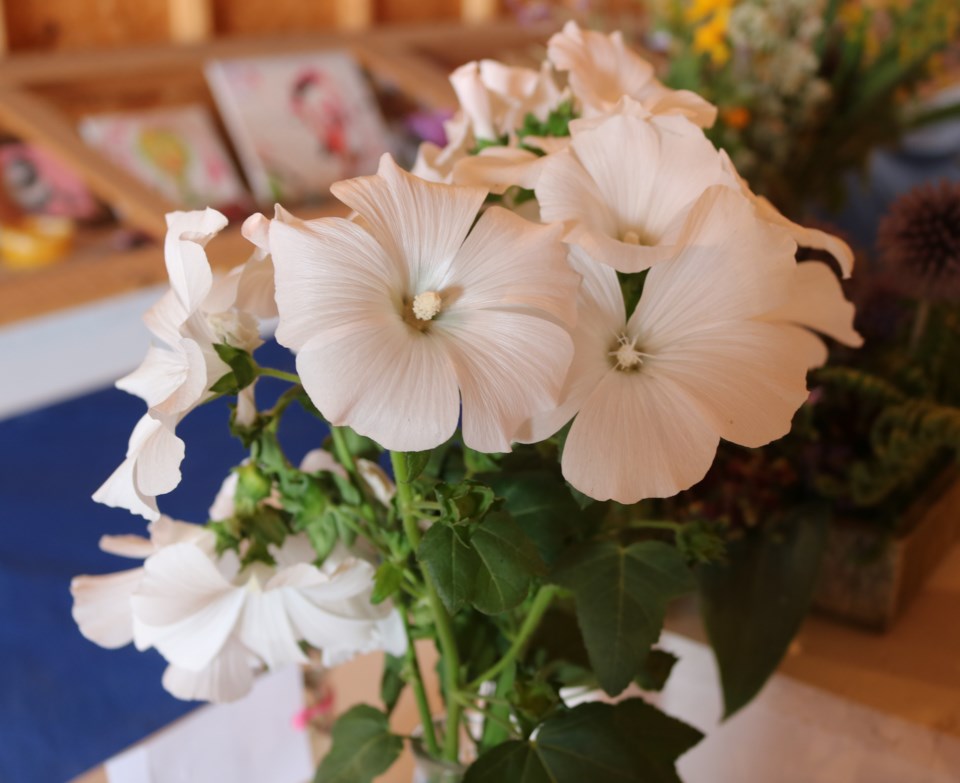YORKTON - The Yorkton and District Horticultural Society will be holding their Annual Fruit, Flower and Vegetable Show on Wednesday August 9 from 11AM till 3PM at the Parkland Mall, Yorkton.
Come out and see interesting entries in a variety of categories including, flowers, vegetables, flower arrangements, houseplants, and containers. Everyone is welcome, admission is free!
Have you heard of the red lily beetle? I encourage you to visit the University of Saskatchewan website at https://gardening.usask.ca/articles-and-lists/articles-insects/article-red-lily-leaf-beetle and read their excellent article about this pretty but dangerous beetle.
The beetle arrived in Montreal in the 1940’s and has been spreading through eastern Canada and into the US. The beetle has now reached Manitoba, Saskatchewan and Alberta.
Not only does the red lily beetle feed on any lily (except daylilies) but it also attacks the prairie lily or western red lily (Lilium philadelphicum var. andinum), the floral emblem on our provincial flag.
The beetles are pretty: bright red bodies similar to lady bugs but without the dots. However these beetles can very quickly destroy a patch of lilies that you may have had in your garden for years.
What to do? The University site has great practical advice for gardeners. Their site says: “Begin checking for adult beetles as soon as lilies begin to emerge in mid April and continue throughout the spring and summer. Pull mulch away from lilies to check for emerging adult beetles. Place a sheet of light-coloured paper or cloth on the soil around your lilies to locate beetles which drop to the ground. The beetles are fast-moving. A vacuum or shopvac is effective for vacuuming large numbers of beetles…. Eggs are found on the underside of leaves. They are laid in long clusters in spring and are red or dark orange in colour. Simply crush them with your thumb or fold the leaf in half and press. You may also notice a slimy, dark blob of crud that looks a bit like bird droppings at the point where the leaf meets the stem of the lily. These are the larvae of the beetle. The larvae are covered in a fecal shield. Hand pick and crush. “
Thank you to the University site for this concise information. It is definitely worth the time and trouble to check your lilies for these beetles. Be aware, also, that the beetles can overwinter in the soil, and cause even more damage next year. So take a bit of time and head out to the garden to see if you have any cause for alarm. Do this more than just once.
We have heard from fellow-gardeners that the beetles have been sighted in their gardens, and just last week we spotted one of the beetles in our yard. So they are certainly in our area.
Drastic times call for drastic measures, and aside from “hand to beetle combat” there doesn’t seem to be much that will stop them. There are no suggested insecticides, and a favorite gardener’s tool, diatomaceous earth, does not work on these pesky beetles because they have a thick outer shell. Diatomaceous earth is a wonderful product that works very well on soft-bodied pests like slugs; but on hard-bodied pests, it barely tickles them.
The Saskatchewan Conservation Data Centre (SKCDC) has partnered with the South Saskatchewan Lily Society to manage information about the beetle. If you would like to send in your observations, you can contact them at [email protected].
Thank you to our friends at YTW for their great work. Gardeners, have a nice week in your gardens!





